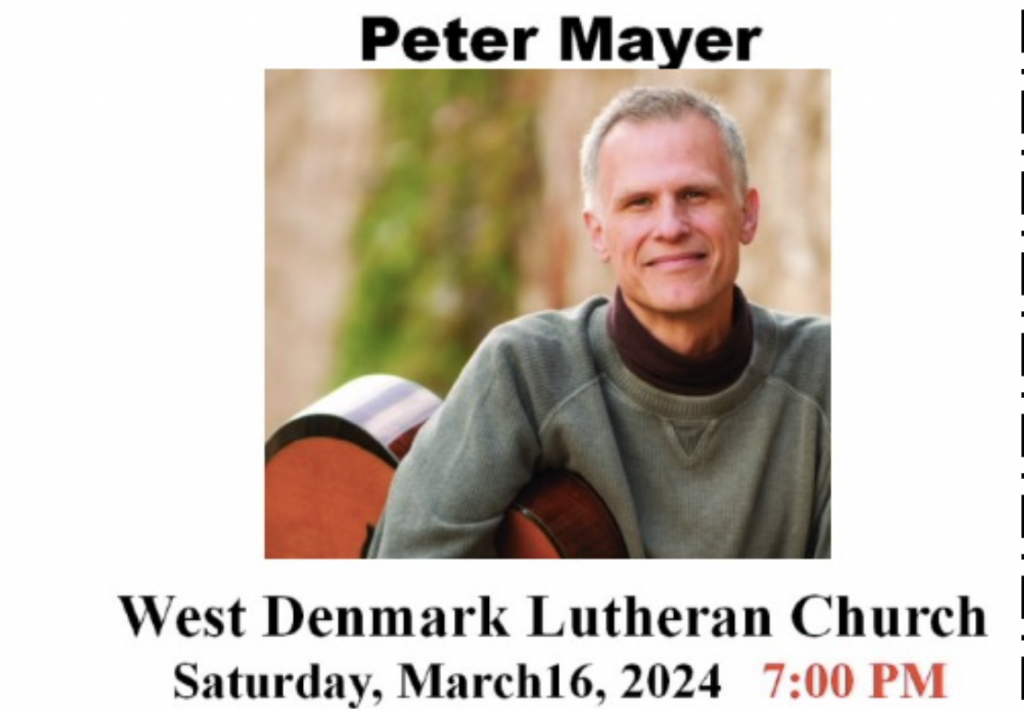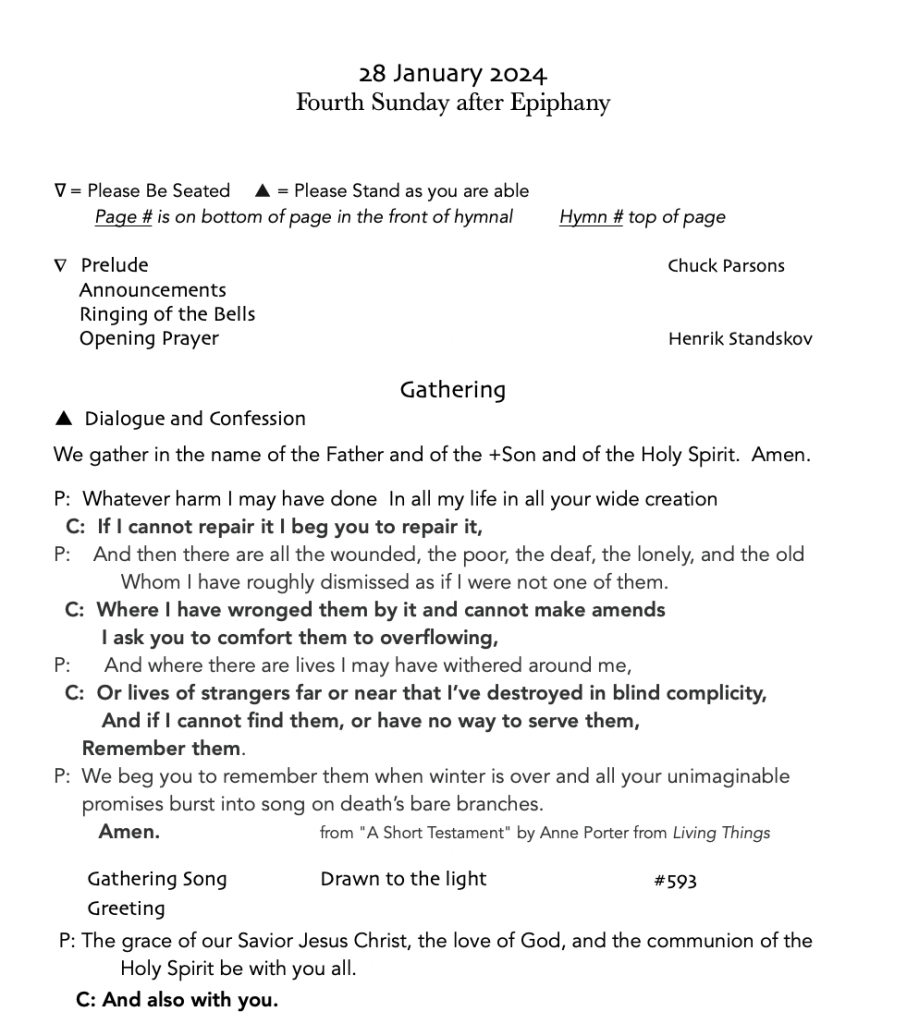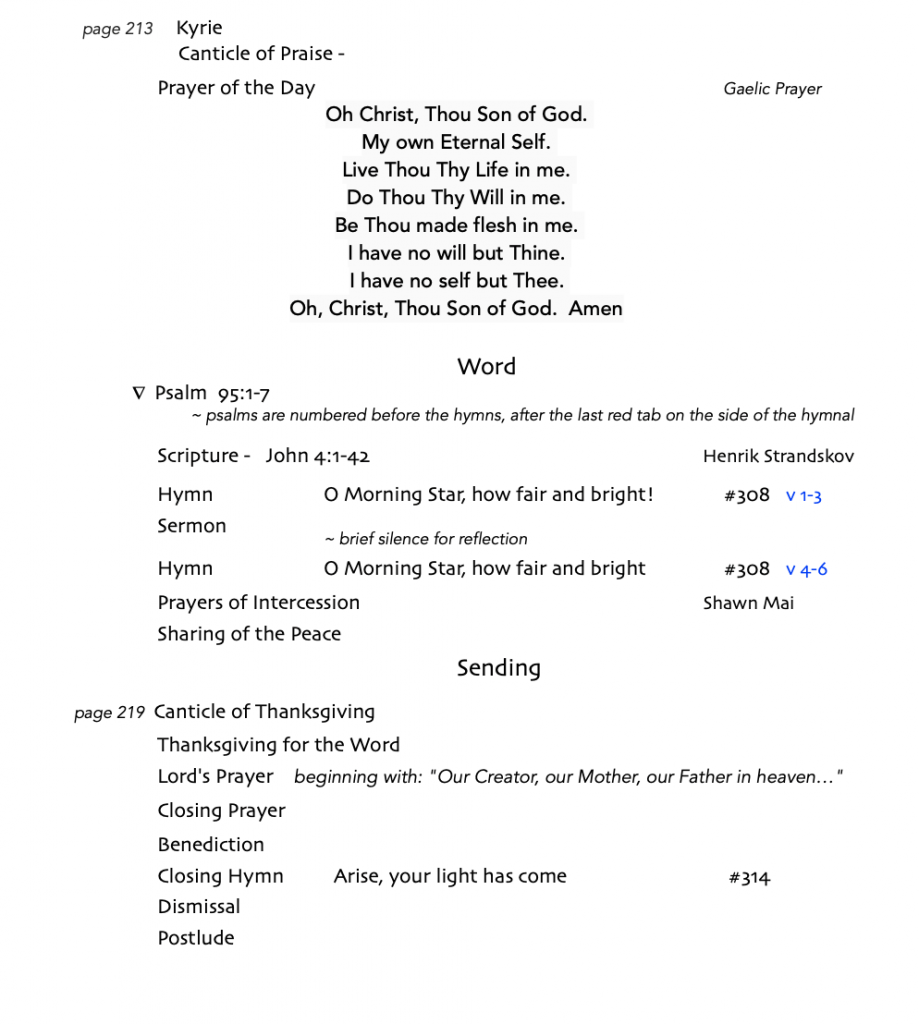John 19:23-30
When the soldiers had crucified Jesus, they took his clothes and divided them into four parts, one for each soldier. They also took his tunic; now the tunic was seamless, woven in one piece from the top. So they said to one another, “Let us not tear it, but cast lots for it to see who will get it.” This was to fulfill what the scripture says, “They divided my clothes among themselves, and for my clothing they cast lots.” And that is what the soldiers did.
Meanwhile, standing near the cross of Jesus were his mother, and his mother’s sister, Mary the wife of Clopas, and Mary Magdalene. When Jesus saw his mother and the disciple whom he loved standing beside her, he said to his mother, “Woman, here is your son.” Then he said to the disciple, “Here is your mother.” And from that hour the disciple took her into his own home.
After this, when Jesus knew that all was now finished, he said (in order to fulfill the scripture), “I thirst.” A jar full of sour wine was standing there. So they put a sponge full of the wine on a branch of hyssop and held it to his mouth. When Jesus had received the wine, he said, “It is finished.” Then he bowed his head and gave up his spirit.
________
“After this, when Jesus knew that all was now finished…”
Written probably 60 years after Jesus died, 20-some years after the Temple in Jerusalem was destroyed, John is a theological, not an historical gospel. As I said before, it is stained glass, not a photo. The being, life and death of Jesus are interpreted, not reported. And so, the human elements of his crucifixion are not the focus. Jesus goes willingly to his death. That is a key point of the gospel. He knows this to be the completion of his hour, the time of his exaltation and glory in the Father. The other gospels don’t make this the claim of crucifixion. They wait for Easter and the resurrection to talk about God’s glory. In them, his death is a painful tragedy, final proof of the unrequited love of God for the world. But for this author, the incarnation is the beginning and crucifixion the completion of Jesus’ mission. He tells his disciples, “What should I say – Father, save me from this hour? No, it is for this reason that I have come to this hour.”
Death by crucifixion is not defeat in John’s gospel, but rather, is terrible, costly, beautiful love – a part of God’s plan of salvation. “In the beginning was the Word, and the Word was with God and the Word was God…And the Word became flesh and lived among us, and we have seen his glory…” Those are the opening lines, and it is a summary given in advance of what we are to experience as the gospel unfolds; that’s the interpretive lens of this author. And from chapter 3: “Indeed, God did not send the Son into the world to condemn the world, but in order that the world might be saved though him. And this is the judgment, that the light has come into the world, and people loved darkness rather than light…”
The light, however, does not go out as Jesus dies on the cross, “the darkness did not overcome it”. The light grows brighter – I imagine God’s glory is blindingly bright in this moment. Jesus gives up his spirit and the light of God reveals Jesus as the Christ, the savior of the world who, for love of this oppositional world, died so that a new seed might grow.
“Meanwhile, standing near the cross of Jesus were his mother, and his mother’s sister, Mary the wife of Clopas, and Mary Magdalene.” Four women to counter the four soldiers. Four women to indicate the kind of servant-led community that Jesus established. Not the powerful, not the noteable, not the expected, not ones who had any station or ability to lord it over another, but four women and an unnamed, beloved disciple who watched and listened, who loved and grieved.
Jesus’ mother bookends his ministry in earthliness, in mothering awareness, holding the incarnation before us. There were thoughts in the early church that Jesus wasn’t really human. That God assumed humanity as a disguise, without really being human or suffering human death (because how could God suffer and die?). Mary stands at the cross to help us behold her suffering, human son, and to see it through.
She was the first to believe in Jesus, back at the wedding in Cana, leaning in to say to him, “They have no more wine,” and to the servants, “Do whatever he tells you.” This scene at the cross is a refraction of the first of Jesus’ signs. There at Cana he turned water into the finest wine. The steward noted this, that the inferior was served first, the really good stuff appearing at the end. At the wedding, wine served as a return to Eden, a sign of unreasonable abundance, celebration of life and the creative union of man and woman in one. God was joyful! Through it, God’s glory shone.
On the cross, Jesus says, “I thirst,” and sour wine is lifted for him to drink. He takes the inferior wine, saying, “It is finished.” And we are left to wonder about the finest of wines still to come, a foretaste of which we sip in communion.
“Seeing his mother and the disciple whom he loved standing beside her, he said to his mother, “Woman, here is your son.” Then he said to the disciple, “Here is your mother.” And from that hour the disciple took her into his own home.”
Jesus has created a new family from the first person who believed and the last to be mentioned, but not named. We know from the other gospels and the writings of Paul that Jesus had brothers. As the first born, Jesus would be the one expected to provide for his widowed mother. This responsibility would fall to the next oldest brother upon his death. So John is telling us this on purpose – to indicate something unusual the community experienced in life after the resurrection.
A new family had formed. Back to the prologue: “..to all who received him, who believed in his name, he gave power to become children of God, who were born not of blood or of the will of the flesh, or the will of man, but of God.”
No longer was it through obligation to the law that the needs of widows and orphans and sojourners were to be met. In Jesus’ death we belong to each other. Jesus gives himself away to us so that we might give ourselves to each other. Jesus unites all people as he gathers us to himself. In the language of this Gospel, Jesus makes us all someone’s mother and someone’s son. Outsiders are welcomed in, outcasts are seen, cared for, included, widows become mothers, individuals become a community. “No more a stranger, nor a guest, but like a child at home,” a favorite hymn says. That is the new community of Christ – one that transforms and binds people together in love and servanthood.
“When Jesus had received the wine, he said, “It is finished.” Then he bowed his head and gave up his spirit.”
In John, there is no conversation with the others crucified on each side, there is no earthquake or thunder, no darkening sky, the temple curtain is not torn in half. That would be a return to chaos. Here, Jesus maintains his dignity and his initiative, his control of the final hour. He bowed his head and gave up his spirit; an active agent to the very end, the crucifixion did not take it away from him, but he offered it up. “Greater love has no one than this,” Jesus told his disciples – “that he will lay down his life for a friend.” Jesus lays down his life for all – friends and enemies alike.
This gospel wants us to step into the light. But, it also recognizes that we don’t, or can’t. The Jews, as they (or as we) are called, were not evil, corrupt or ignorant or greedy in this gospel. They might have been those things, but that’s not the point. They do not hear Jesus’ voice. They do not see the glory of God. They are not moved by the Spirit’s nudging. They are they enemy, but they are those for whom Jesus died. They are those for whom this new life is needed and given. Jesus didn’t die for the sake of the good, the holy, the open-hearted. He died because of, and for the sake of, those others who are not in communion with God. “Not to condemn, but so that the world might be saved.” Right? Do you get that? So that, throughout all of history, those others, those oppositional or ignorant or willfully closed minded ones are brought into God’s gracious loving presence, as well. This gospel kind of turns our expectations upside down. Jesus didn’t die for the good, for the beloved insiders, but to bring the outsiders in.
The incarnation ended with Jesus’ last breath, but the impulse of incarnation – of God entering ordinary, abiding with us through sin and sorrow and celebration and uncertainty does not die on the cross. It comes to birth through the new family of Christ, “born not of blood or of the will of the flesh, or the will of man, but of God. What has come into being in him was life, and the life was the light of all people.”
Tonight we leave in darkness. But this fourth gospel would not have us leave in despair.



